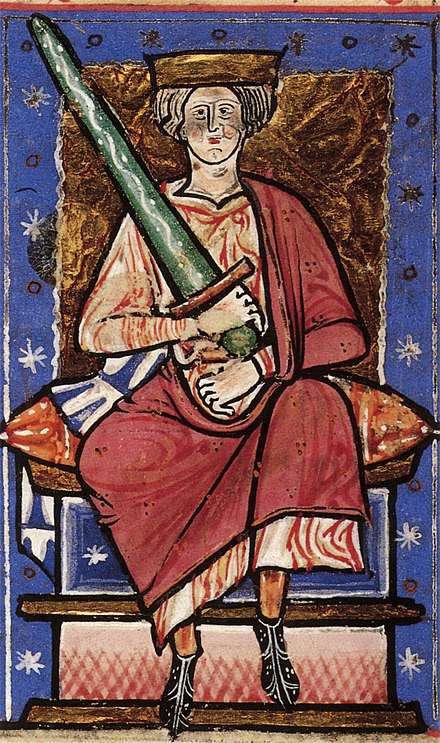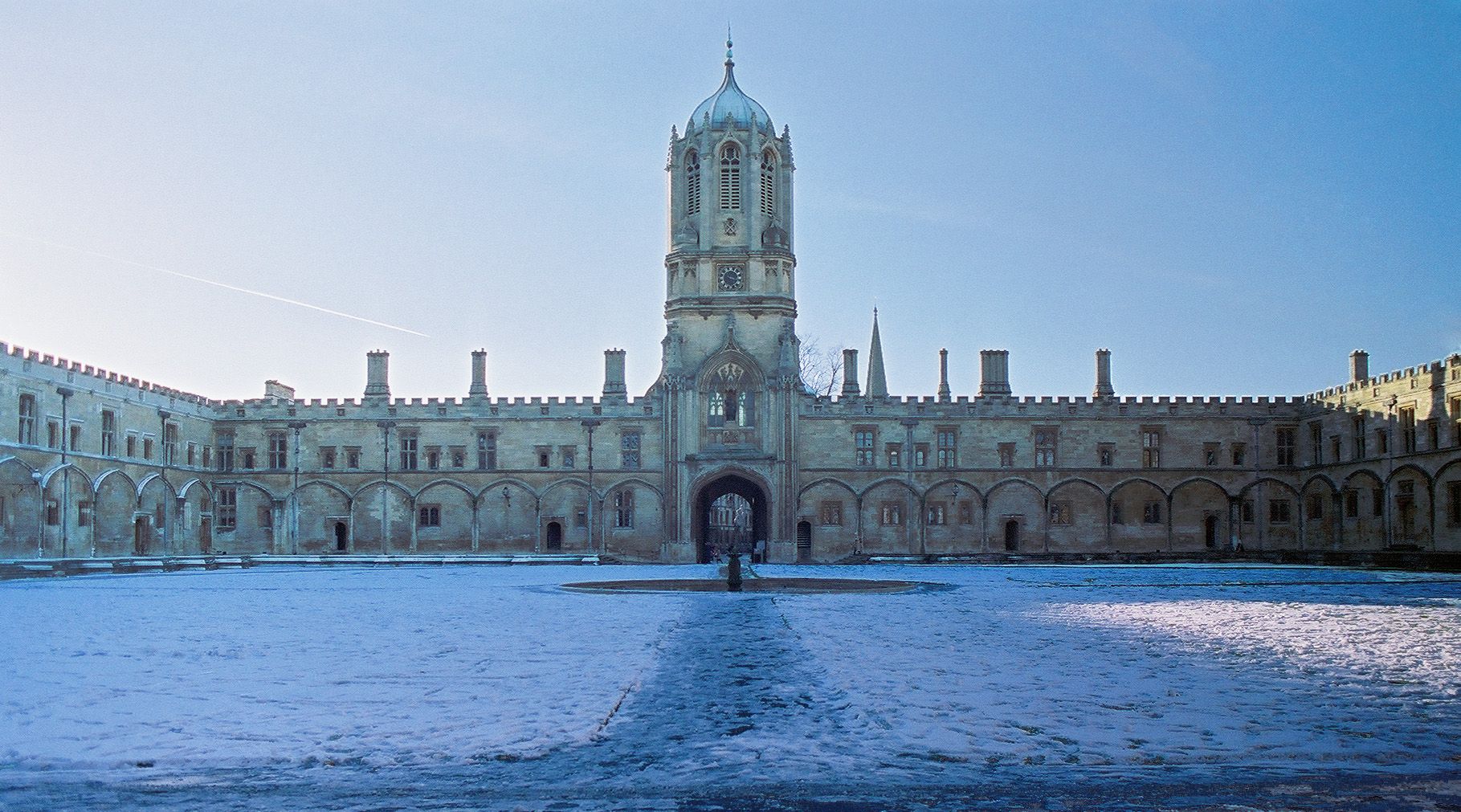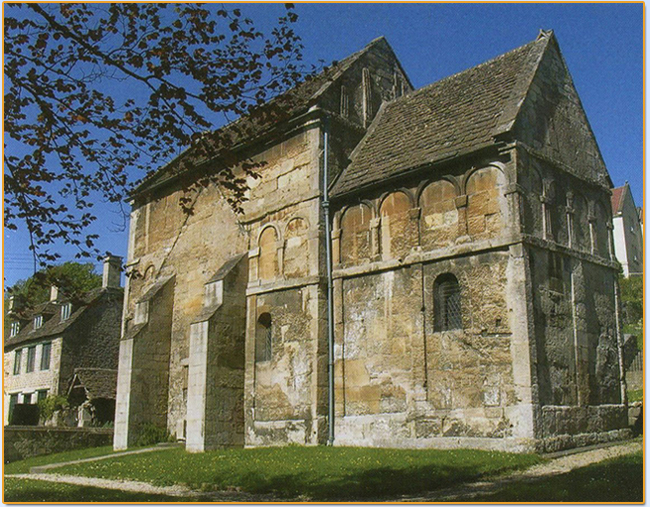This review originally appeared in Wessex Chronicle Volume 1, Issue 4 (Winter 2000-1)
This book was an important one for Wessex Society. It featured the dialect maps (reproduced above) which helped us to define the boundaries of the Wessex cultural region. In fact, we held back a little. A look at the maps and their accompanying text in the books reveals that Shropshire, Warwickshire and Worcestershire (as well as Cornwall, but let’s not open that particular can of worms again) could also have been included had we been as expansionist as some of our critics claim.
In The Dialects of England, Peter Trudgill surveys the evolution of English dialects and at the same time, offers a rousing defence of them against those who would impose the East Midlands dialect known as “Received Pronunciation” upon the rest of us.
Trudgill identifies the main feature of the South West dialect region as the fact that it pronounces the letter r in words such as “arm” and “car”. The only other area that does this is the small dialect region of Central Lancashire, and there the r-sound is very different, a uvular rather than a rhotic ‘r’. So prevalent is this feature that when mocking Wessex folk, people only have to say “ooh arrr” and the dialect is instantly recognisable. Incidentally, I have a theory that Ford named their supermini the Ka in order to shift more units outside Wessex, hoping that the grockles will walk into a showroom and say “I’d like to buy a cah, please” and end up getting sold a Ka by mistake. But I digress.
Other features of the wessex dialect include: Pronoun Exchange (saying things like “him’s a good hammer”), a feature also shared with parts of Essex; substituting ‘z’ for ‘s’ (e.g. “zeven”) and ‘v’ for ‘f’ (e.g. “varmer”)’; the fact that it uses the third person singular “thee” (Northern dialects use “thou” while elsewhere, the third person singular has disappeared altogether); the use of “do” and “did” in front of a verb (e.g. “I do see”) and the use of the verb form “I be”, “you be” etc. The latter is widely ridiculed, but it actually demonstrates that Wessex English is much purer than Standard English, with its mongrelised “I am”, “you are” and so on
Trudgill also points out a couple of individual dialect words, “maiden” for a young girl (which I hadn’t realised was a Wessex word) and “wops” for a wasp. He doesn’t mention another word for wasp that I remember from my childhood, “jasper”, but I suspect that may just be a Bristol word. There are a couple of other words that are only common to parts of Wessex, “daps” for sneakers (another word I remember from my childhood) and “theirn” for theirs.
In an age when Wessex English is ridiculed rather than praised (one comedian, referring to trip-hop star Tricky’s accent, called Bristol “the only place where even the black people don’t sound cool”) and where everyone is frantically trying to drop their r’s so that they don’t “sound like a yokel”, a book like this one, which stands four-square for linguistic and cultural diversity is a breath of fresh air. So “zay it loud, I be a wurzel and I be proud”!





